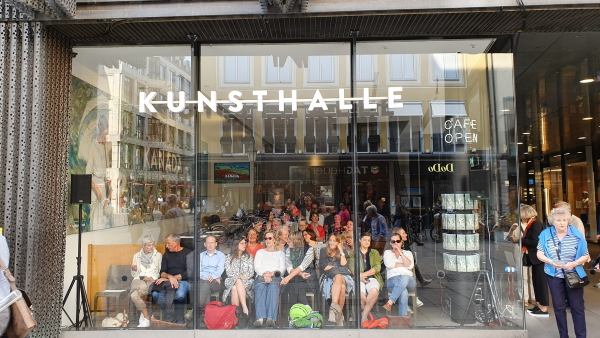Abstract
“Children, create something new!” Wagner’s much-quoted slogan seems to be particularly heeded in times of (artistic) crisis. Innovations in the aesthetics and production processes of contemporary music theater are mutually dependent; among other things, experiments in artistic collaboration with other areas of art and research have resulted in an increasing lack of clarity in the differentiation of the theatrical results in terms of genre aesthetics.
New artistic forms require new analytical methods. With their composed theater, David Roesner and Matthias Rebstock draw attention to the production process, my proposal for a new analytical approach, on the other hand, focuses on the performance: I will approach Bachtin’s theorem of dialogicity about the concept of dialogue with contemporary music theater, especially the relation between performance, audience and venue. Due to its flexibility and dynamism, the term dialogue allows you to analytically encounter the different forms of contemporary music theater, especially those who question new spaces and media constitutions. Studies are carried out on at least two levels: one that focuses on the negotiated discourses and the thematic conception in the regional, cultural and socio-political context of the performance location, but also one that is physical and performative that deals with the dialogical qualities and interactions in the non-linguistic area. Accattone serves as an example (musical theater based on Pasolini, directed by Johan Simons, coal mixing hall at the Dinslaken-Lohberg colliery, 2015).
So I want to shout: “Children, look new!”
Büsing, Elsa: “Dialog – Ein Weg durch die Krise”. In: Musiktheater in der Krise? Positionen zwischen Institution und Ästhetik. Act – Zeitschrift für Musik & Performance. (2020) Heft 9.

